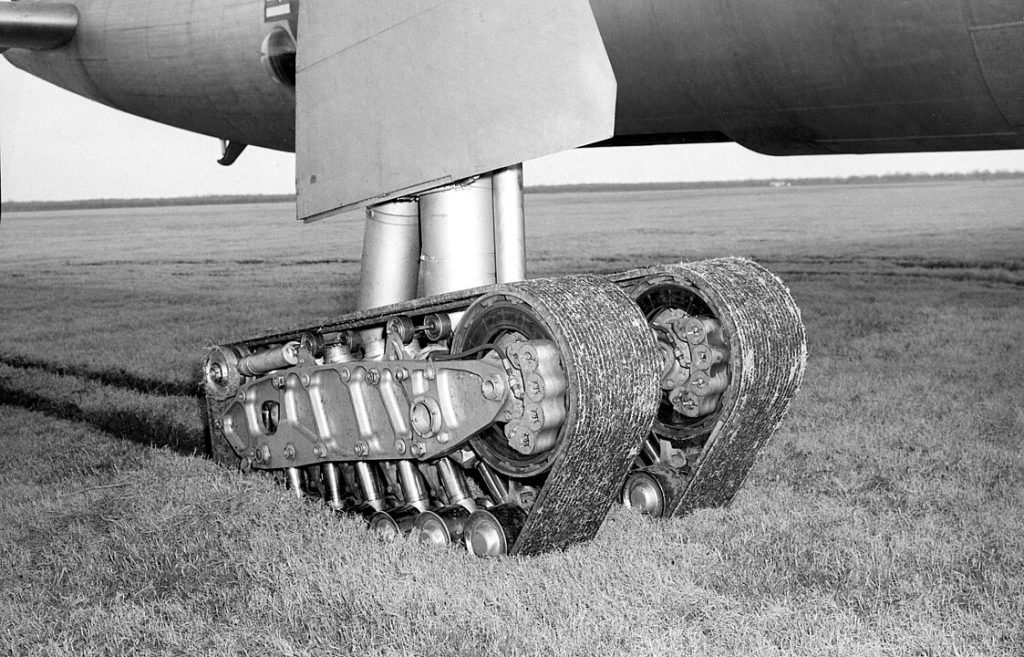
The B-36 Peacemaker stands as a behemoth among warplanes, a symbol of American might and deterrence during the tension-filled years of the Cold War. This colossal aircraft was built by Consolidated Vultee Aircraft Corporation, which later became Convair, to address the United States Army Air Forces’ need for a strategic bomber capable of reaching targets across the globe without refueling.

The criteria outlined by the U.S. Army Air Corps for the design of an extended distance, large atomic bombing aircraft include the need for a maximum speed of 450 miles per hour, capability to reach an altitude of 45,000 feet, conveyance of a bomb cargo weighing no less than 10,000 pounds, along with the ability to continuously fly for 12,000 miles without fuel resupply.

The initial concept for the B-36 originated in 1941 when the American military sought an aircraft capable of striking European targets from bases in the Western Hemisphere. Although World War II’s changing dynamics deprioritized its development, the prototype, the XB-36, finally took to the skies on August 8, 1946. By June 1948, the Strategic Air Command (SAC) received its first operational B-36, marking the beginning of its role as a key strategic nuclear bomber for the 1950s.

The B-36 was fondly known as the “Peacemaker” because despite not using any bombs during any fight, it possessed the potential to carry nuclear weapons along with excellent long-distance capability, making it a powerful deterrent to a possible third world war.

The B-36 underwent various design evolutions throughout its production life, resulting in multiple models that included the addition of jet engines. Starting with the B-36D, four General Electric J47-GE-19 jet engines, mounted in pods like those used in the Boeing B-47. In the end, the Air Force settled for replacing the propeller engines on the initial B-36 models with jet engines. These new units came equipped with 4 jet engines fitted on each wingtip and 6 propellers installed on the rear side of the wings. It’s worth noting that the phrase “six turning, four burning” gained immense popularity around that time.

The final production model, the B-36J, featured a “Featherweight III” configuration, which reduced weight and increased speed, demonstrating Convair’s dedication to refining the aircraft’s design even as the jet age was dawning.

As the jet-powered B-52 Stratofortress entered service in the late 1950s, the B-36 was phased out, with the last operational flight occurring on February 12, 1959. This marked the end of an era for the “Peacemaker.” Following its exhibit for several years in the same city, it was then transferred to the Pima Air and Space Museum in Tucson in 2005 and has been housed there ever since.
related images you might be interested.









